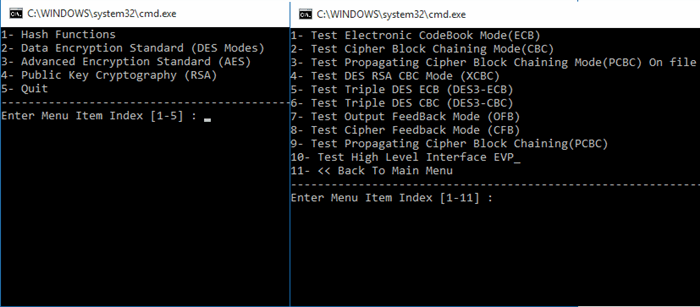Base64 Encoded Aes-256 Key Generator Linux
Advanced Encryption Standard(AES) is a symmetric encryption algorithm. Download avatar game key generator. AES is the industry standard as of now as it allows 128 bit, 192 bit and 256 bit encryption.Symmetric encryption is very fast as compared to asymmetric encryption and are used in systems such as database system. Following is an online tool to generate AES encrypted password and decrypt AES encrypted password. It provides two mode of encryption and decryption ECB and CBC mode. For more info on AES encryption visit this explanation on AES Encryption.
Also, you can find the sample usage screenshot below:
Base64 The term Base64 is coming from a certain MIME content transfer encoding. Basically, Base64 is a collection of related encoding designs which represent the binary information in ASCII format by converting it into a base64 representation. Base64 The term Base64 is coming from a certain MIME content transfer encoding. Basically, Base64 is a collection of related encoding designs which represent the binary information in ASCII format by converting it into a base64 representation. Why is the generated key used for AES-256 encoded in Base64 prior to its use in AES-256 and its encryption under RSA? Is it even safe to encrypt a 256-bit key without knowing how large the RSA key is? According to this answer, if it’s a 2048-bit RSA key, at most I would be able to use AES-192.

If You Appreciate What We Do Here On Devglan, You Can Consider:
- Like us at: or follow us at
- Share this article on social media or with your teammates.
- We are thankful for your never ending support.
Usage Guide
Any plain-text input or output that you enter or we generate is not stored on this site, this tool is provided via an HTTPS URL to ensure that text cannot be stolen.
For encryption, you can either enter the plain text, password, an image file or a .txt file that you want to encrypt. Now choose the block cipher mode of encryption. ECB(Electronic Code Book) is the simplest encryption mode and does not require IV for encryption. The input plain text will be divided into blocks and each block will be encrypted with the key provided and hence identical plain text blocks are encrypted into identical cipher text blocks. CBC mode is highly recommended and it requires IV to make each message unique. If no IV is entered then default will be used here for CBC mode and that defaults to a zero based byte[16].
The AES algorithm has a 128-bit block size, regardless of whether you key length is 256, 192 or 128 bits. When a symmetric cipher mode requires an IV, the length of the IV must be equal to the block size of the cipher. Hence, you must always use an IV of 128 bits (16 bytes) with AES.
A PRNG is a that produces data that appears random under analysis. In some cases keys are randomly generated using a (RNG) or (PRNG). (a disk encryption software) utilizes user mouse movements to generate unique seeds, in which users are encouraged to move their mouse sporadically. Another way to generate randomness is to utilize information outside the system. Youtube algorithm secrets. PRNGs that use system entropy to data generally produce better results, since this makes the initial conditions of the PRNG much more difficult for an attacker to guess.
AES provides 128 bit, 192 bit and 256 bit of secret key size for encryption. Things to remember here is if you are selecting 128 bits for encryption, then the secret key must be of 16 bits long and 24 and 32 bits for 192 and 256 bits of key size. Now you can enter the secret key accordingly. By default, the encrypted text will be base64 encoded but you have options to select the output format as HEX too.
Similarly, for image and .txt file the encrypted form will be Base64 encoded.
Base64 Encoded Files
Below is a screenshot that shows a sample usage of this online AES encryption tool.
AES decryption has also the same process. By default it assumes the entered text be in Base64. The input can be Base64 encoded or Hex encoded image and .txt file too. And the final decrypted output will be Base64 string. If the intended output is a plain-text then, it can be decoded to plain-text in-place.
But if the intended output is an image or .txt file then you can use this tool to convert the base64 encoded output to an image.
Please enable JavaScript to view the comments powered by Disqus.